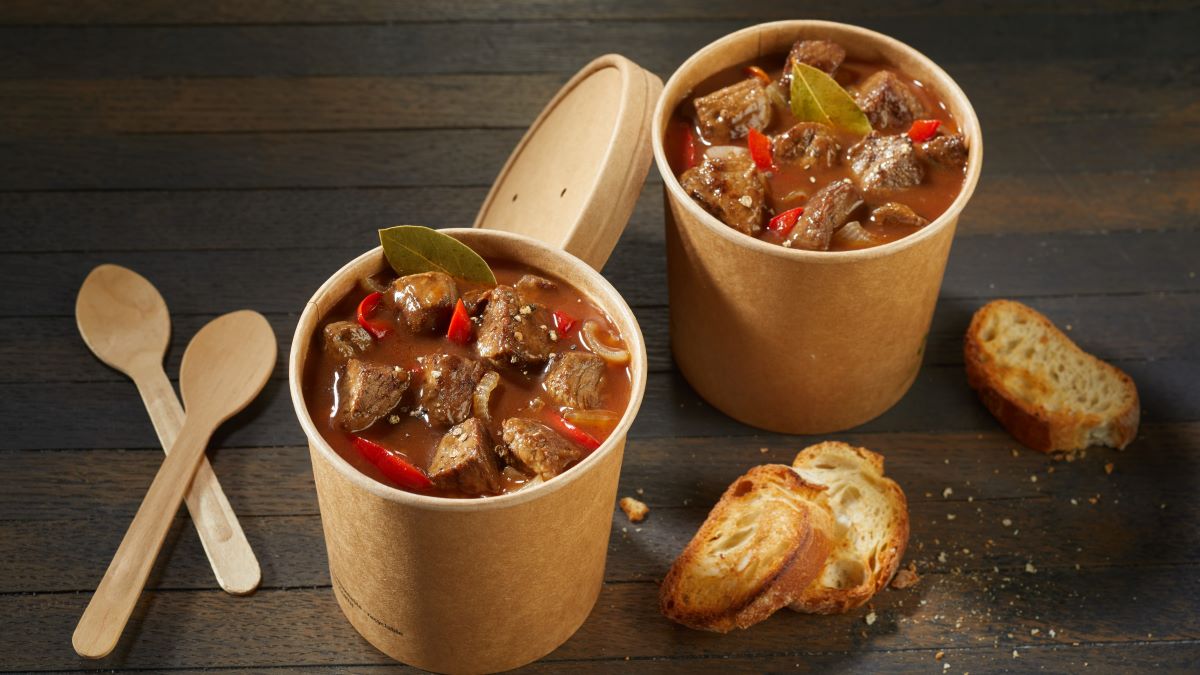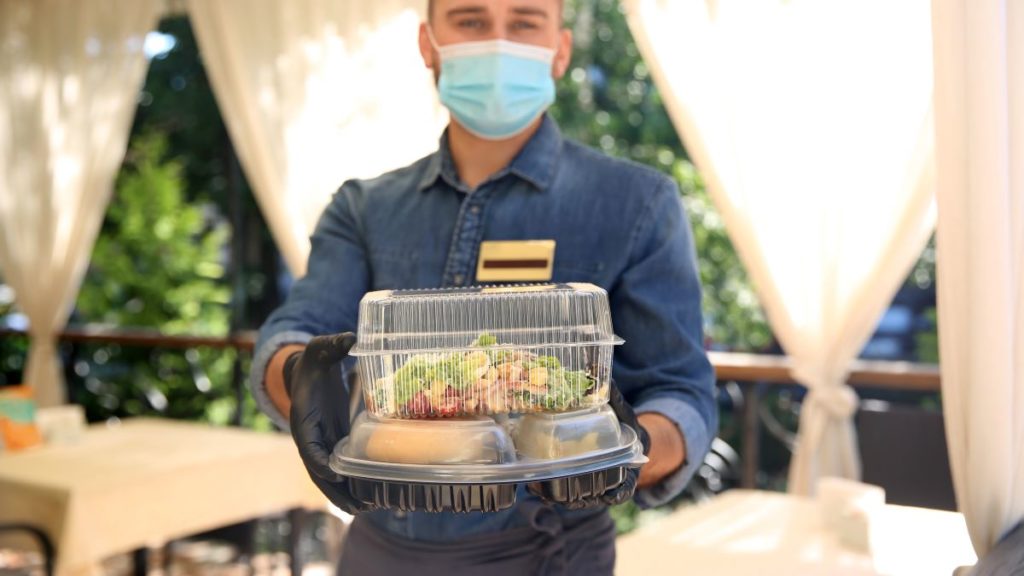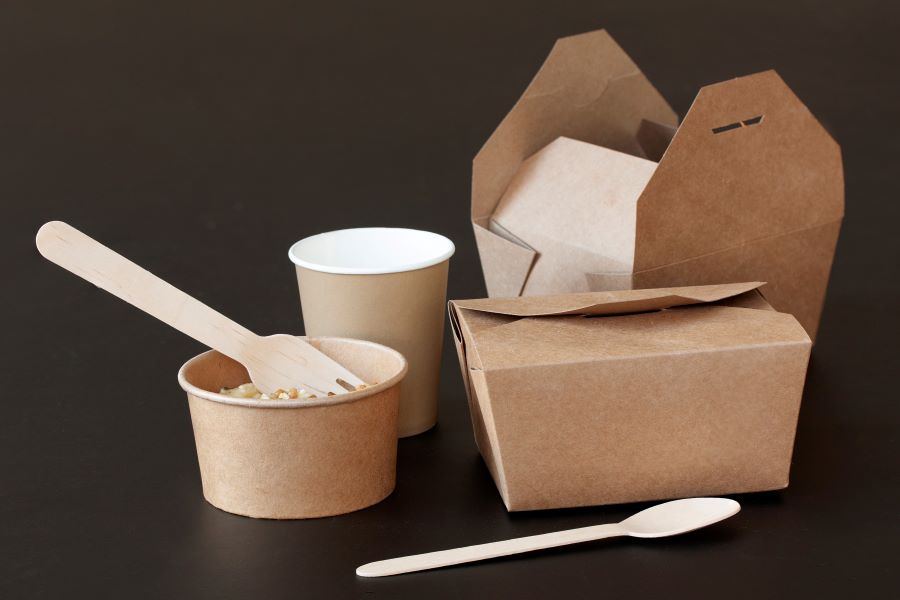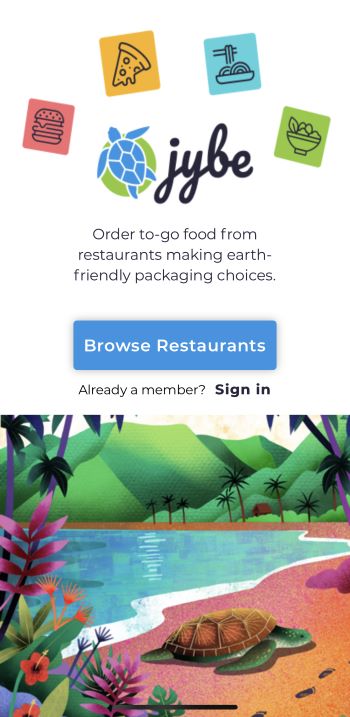Getting a Greener Clean: Shampoo
It’s an unfortunate irony that the things we do to keep ourselves clean can pollute the planet and even harm our own health. It’s also discouraging that something as simple as a shower requires you to research multiple categories of cleaning product from shampoo to body wash. But let’s start at the top; you can adopt a green hair care routine without giving up your hygiene or your health.
No-poo
But you might give up your hair. You could shave your head and simply use regular soap on your scalp. Most of us aren’t ready to make such a bold style statement in service to the environment. But unlike most other hygiene products, simply going without shampoo is an option.
The no-poo (or unpoo) movement encourages people to ditch the shampoo and simply rinse their hair with water. When that’s not enough, no-pooers may use a DIY method involving baking soda and apple cider vinegar. These materials are certainly environmentally friendly and are effective for cleaning. However, depending on your hair type, they may not be very good for your hair. While some people have used this method successfully for years, after a few months, my hair began to resemble the hay under a scarecrow’s hat. It took deep conditioning treatments to avoid the first method suggested – shaving it all off.
Detergent-Free Shampoos
Most shampoos are basically liquid cleansers made from synthetic detergents. Additional chemicals are added for the aesthetics of the product, to create a pleasing color, scent, and texture. Although raw materials only account for about 9% of the product’s environmental footprint, many people avoid synthetic, petroleum-based products on principle.
In particular, many of us want to avoid the detergent SLS (sodium lauryl sulfate or sometimes sodium laureth sulfate) that makes shampoos foamy. Rumors that SLS is a carcinogen seem to be unfounded; however, there may be other health issues. Sulfates like SLS are known skin irritants. They can also remove oils too effectively, leading to dry hair. There are some biodegradable products, like Hairstory New Wash that use essential oils and fatty alcohols instead of detergents.
There is another reason to look for biodegradable shampoo. According to a European life cycle analysis of more than 10,000 personal products (referenced throughout this article), disposal accounts for 20% of the environmental footprint of shampoo. That’s because shampoo is not consumed when you use it; all that product rinses off of your hair and ends up in wastewater. Wastewater treatment uses a lot of energy and chemicals, and does not necessarily remove all of the ingredients in shampoo before the water is released into the environment.
Other Chemical Concerns
Surprisingly, shampoo and other common personal care products are significant sources of volatile organic compounds contributing to air pollution. Many shampoos also contain parabens and phthalates. Because the most problematic ingredients are usually found in the perfumes used to scent shampoo, unscented shampoos like Free & Clear or No Nothing Very Sensitive are less likely to contain many of the most harmful chemicals. You can also find more natural, safer shampoos using the Environmental Working Group Verified list. The list includes inexpensive, familiar brands like Herbal Essences as well as less common options like Korean beauty brand Whamisa.
Packaging
Plastic bottles dominate among shampoo packaging options. Those bottles account for 22% of shampoos’ environmental impact. Depending on where you live, the plastic from shampoo bottles might be recyclable, but in many places it is not. There are some shampoo brands that use recycled plastic – even recycled beach plastic – to manufacture their bottles. The polyethylene pouches used by Hairstory require much less plastic than bottles and are recyclable where facilities exist.
But there are also plastic-free packaging options. Brands like Alpine Provisions and Plaine Products sell shampoo in aluminum bottles. Lush estimates that their solid shampoo bars prevented 100 metric tons of plastic waste in a year. EWG Verified Soap for Goodness Sake makes a combined shampoo and body bar that comes wrapped in FSC paper.
In fact, most solid shampoo bars are advertised for use on both hair and skin. Many environmentalists follow a rule of thumb that using fewer products creates fewer environmental impacts. There is no specific data in this case to support the principle. But if you find a single cleanser that works for both your hair and body, you will have simplified your life a little.
Clean Technique
No matter what you choose to clean your hair (or shaved scalp), keep in mind that use accounts for 28% of shampoos’ environmental impact. Most of that impact comes from the water you use for washing and the energy needed to heat that water. Use a low-flow showerhead and an efficient water heater. You might also use homemade dry shampoo to stretch the time between washes.
As I have mentioned previously, I became so annoyed and exasperated at trying to buy products that ticked all the boxes that I now make my own. Here is my web page address:suubio The whole family is benefitting from my switch! Less pollution, less waste, kinder to the environment and our bodies, no plastic, not tested on animals need I say more. My soap is only available on Menorca at the moment, carriage costs are a problem and the postal system at the moment is quite poor.
The blog song for today is: "Surrender" by Cheap Trick
TTFN








